How to Apply for a U.S. Bank Account: Step-by-Step Guide
You can conveniently apply for a bank account in the U.S., and enjoy safe savings facilities and other online banking services. If you are a U.S. citizen or not, learn everything today about opening an account in the USA including which documents to present and how its step by step works into your routine! How to Apply for a U.S. Bank Account
Table of Contents
Why Open a U.S. Bank Account?
Types of Bank Accounts Available
Requirements for Opening a U.S. Bank Account
Steps to Apply for a U.S. Bank Account
Applying as a Non-Resident
Top U.S. Banks for Non-Residents and Residents
Why Open a U.S. Bank Account?
There are many advantages that come with having a U.S. bank account, particularly if you travel to or have business in the United States often. It makes transfers smoother, often comes with competitive rates and exchange costs on currency transactions,and will even start to establish a financial history if you are a resident or planning to be in the future.
Benefits of a U.S. Bank Account Include:
Secure Transactions: Protection of funds through FDIC insurance and modern security protocols.
Access to U.S. Credit System: Important for residents who want to build a U.S. credit history.
Efficient International Payments: Allows for faster and less expensive transfers for international customers.
Types of Bank Accounts Available
Checking Account: Ideal for everyday transactions, such as depositing paychecks and making purchases. These accounts usually come with a debit card and check-writing privileges.
Savings Account: Allows account holders to earn interest on their deposits. Often used for storing money over the long term, it has a limit on the number of monthly withdrawals.
Certificate of Deposit (CD): Higher interest rates but requires you to leave your money untouched for a specified period.
Requirements for Opening a U.S. Bank Account
There are prerequisites on How to Open a U.S. Bank Account The documentation is different for U.S. citizens, residents, and non-residents with a visa.
Common Documentation for U.S. Residents
Government-issued ID: Such as a driver’s license or passport.
Social Security Number (SSN): This is crucial for identity verification and tax purposes.
Proof of Address: Utility bills or rental agreements are generally accepted.
Common Documentation for Non-Residents
Passport: Essential for identity verification.
Visa or Other U.S. Entry Documentation: Shows your legal status in the U.S.
ITIN (Individual Taxpayer Identification Number): Needed if you do not have an SSN.
Proof of Foreign Address: Required by some banks.
Note: Not all U.S. banks accept non-residents, so be sure to check bank-specific requirements.
Steps to Apply for a U.S. Bank Account
1. Research and Compare Banks
Consider banks that offer accounts to your residency status, shop around account fees and look at interest rates.
2. Gather Required Documents
You will need to have proof of ID, address and tax id number (SSN or ITIN)
3. Choose Your Account Type
Choose between a checking, savings or another type of account depending on your financial goals.
4. Apply Online or In-Branch
Most banks today allow for online applications, especially if you are a U.S. resident. For non-residents, in-person application may be necessary. The whole process usually only takes a few minutes although verification can take up to 2 business days.
5. Deposit Initial Funds
Most banks will require a minimum deposit, which can vary anywhere from $25 up to$100 This can usually be completed as an online or in-person initial deposit.
6. Account verification and access to online banking
After your account is approved, a banking set-up will be put in place as you access bank statements and view records of transactions to manage all funds online.
Applying as a Non-Resident
They should also check which banks open accounts for foreigners as well, to ensure the process will be successful if they decide on opening one.
Some popular banks that are known for accommodating non-residents include Wells Fargo, Citibank, and HSBC.
Tips for Non-Resident Applicants:
Prepare for In-Person Visits: Many U.S. banks require non-residents to apply in-branch.
Obtain an ITIN: While an SSN is typically not available to non-residents, an ITIN serves as an alternative for tax and identification purposes.
Top U.S. Banks for Non-Residents and Residents
Here are some banks that offer convenient account options for U.S. residents and international customers:
Chase BankOffers comprehensive banking services, including checking and savings accounts.
Known for a vast ATM network and mobile banking options.
Bank of AmericaPopular for its accessibility and robust online services.
Offers accounts with low minimum deposits and extensive customer support.
Wells FargoProvides easy account management and international-friendly services.
Well-known for its extensive physical branch network.
HSBCKnown for international banking options that cater to non-U.S. residents.
Offers checking and savings accounts specifically for international customers.
CitibankCaters to both U.S. residents and non-residents with a variety of account options.
Known for its extensive global reach, making it easier for international clients to manage their finances.
Final Thoughts
A U.S. bank account can help you manage your finances for personal savings or day-to-day transactions — and in many cases making money between international accounts easier! Following the steps mentioned in this guide and making sure you have all your documents together can help fast forward the application process, prevent a freeze on your funds, and also open up many services that U.S. banks provide powered by Temenos vsi sdk better than others!
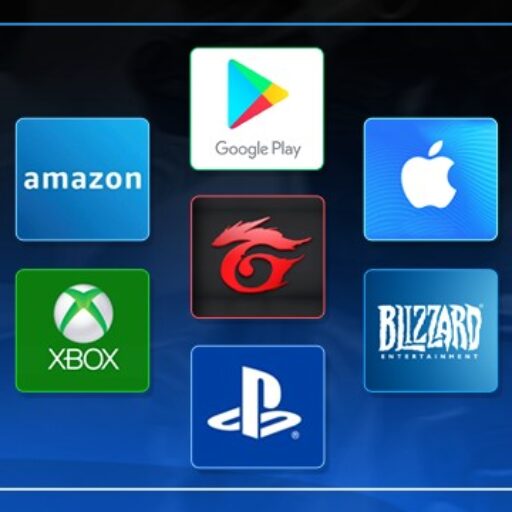



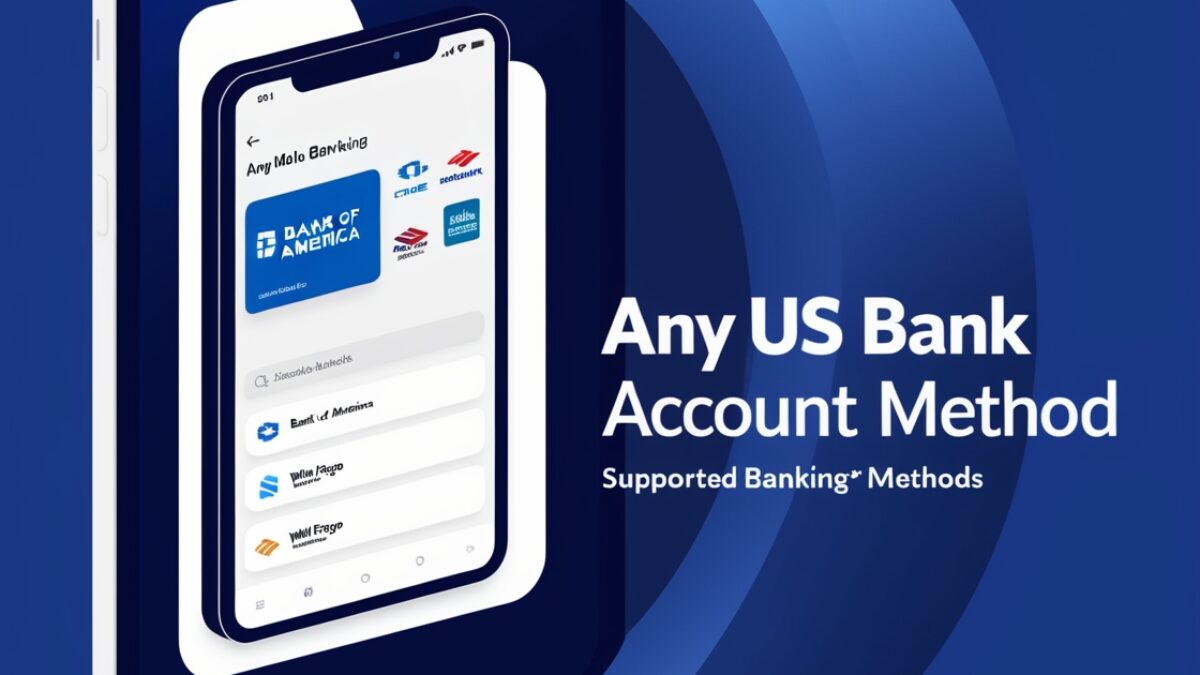
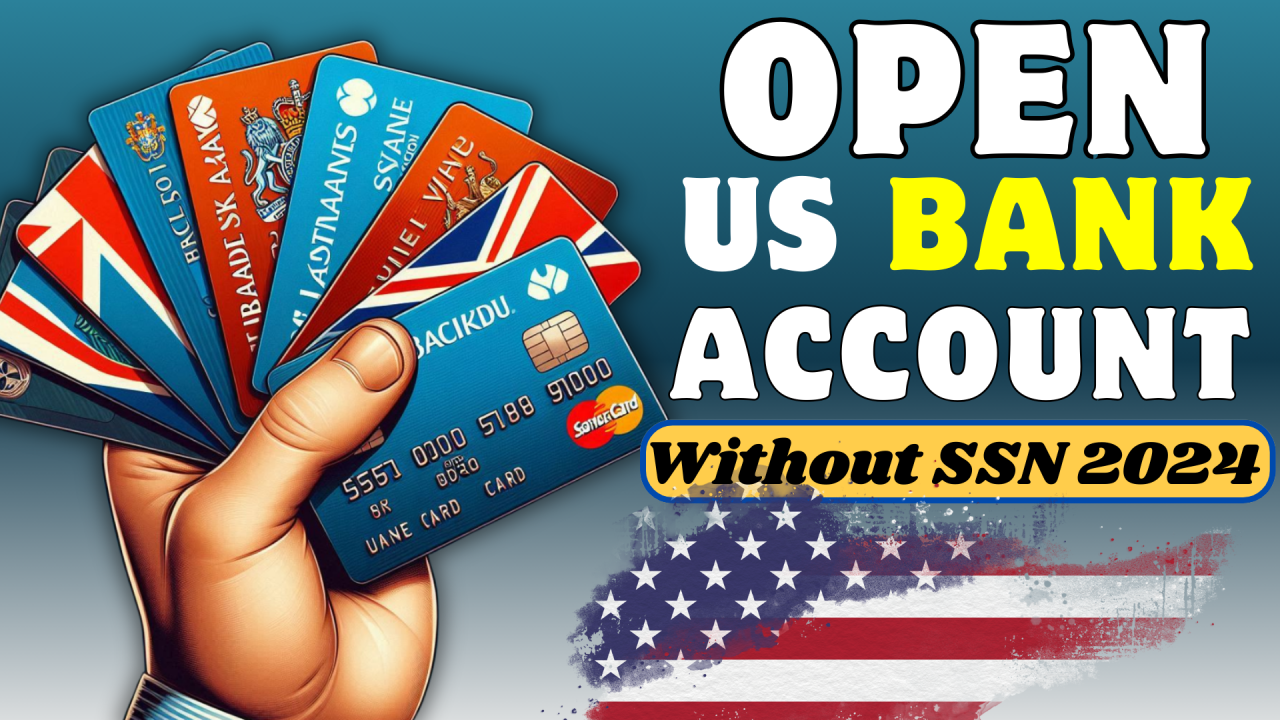
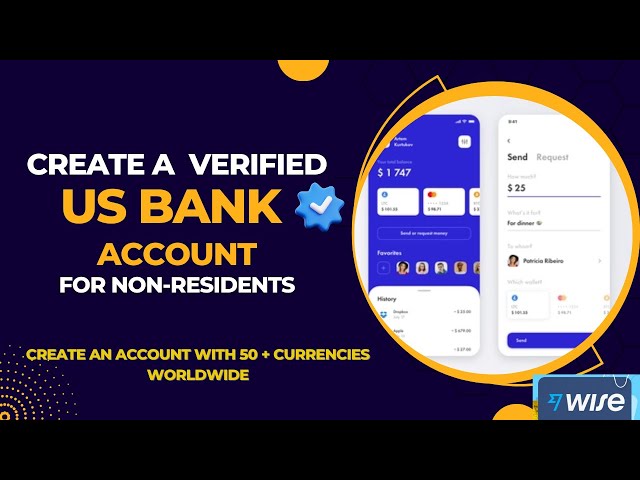





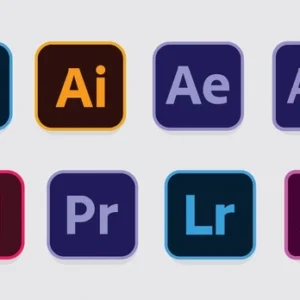



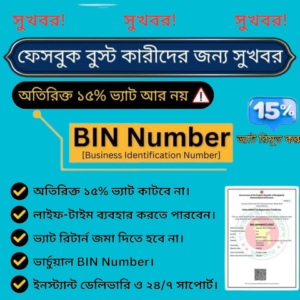



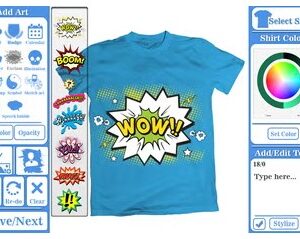

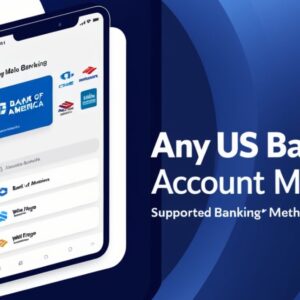
Reviews
There are no reviews yet.